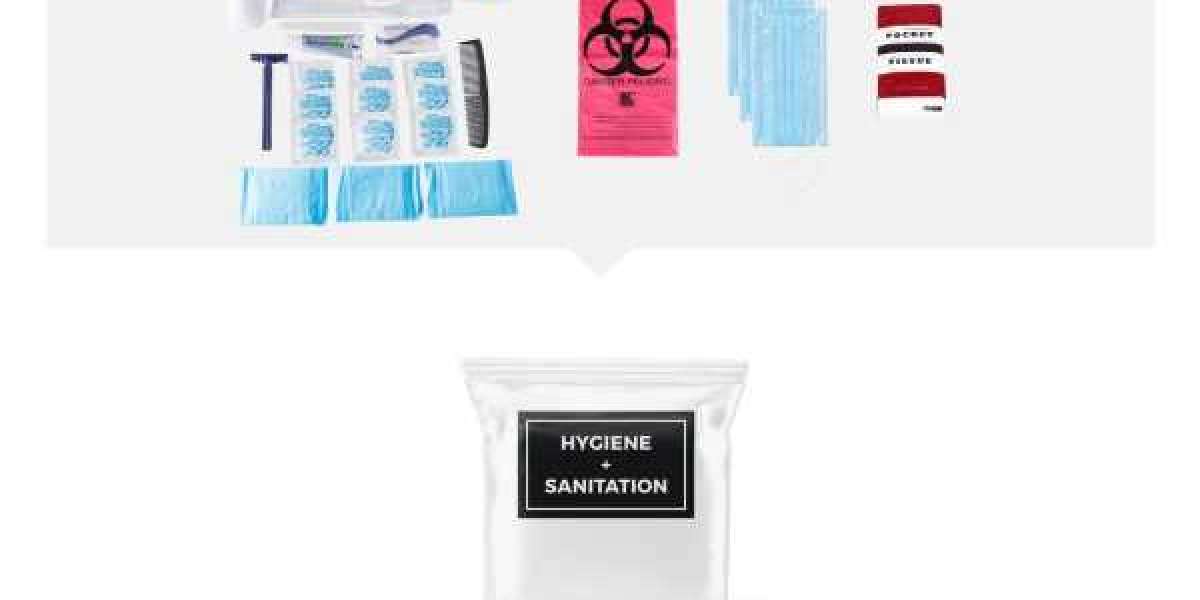Survival Kits: Your Essential Tools for Emergency Preparedness
Preparing for emergencies and unexpected situations is crucial for anyone. One effective way to be ready for the unexpected is to have a well-equipped survival kit. A survival kit contains essential items that can help you navigate through challenging circumstances, whether it's a natural disaster, power outage, or other emergencies. In this article, we will explore the components of a survival kit and why it's essential to have one.
The Importance of Survival Kits
When disaster strikes, access to food, water, shelter, and medical supplies may be limited or cut off entirely. Survival kits provide the necessary tools and resources to sustain yourself and your loved ones during these difficult times. Having a well-thought-out survival kit can make a significant difference in your ability to endure emergencies until help arrives.
Basic Survival Kit Components
Water and Water Purification
Water is vital for survival. Your kit should include enough water for each person for at least three days. Additionally, water purification tablets or a portable water filter can be invaluable if clean water is scarce.
Non-Perishable Food
Pack non-perishable food items such as energy bars, canned goods, and dried fruits that require no cooking or refrigeration. Aim for a three-day supply of food for each person in your household.
Shelter and Warmth
Include items like a lightweight emergency tent, emergency blankets, and sleeping bags in your survival kit. These can protect you from extreme weather conditions and provide warmth during colder nights.
First Aid Kit
A well-stocked first aid kit is essential for handling injuries and medical emergencies. Make sure to include bandages, antiseptic wipes, pain relievers, prescription medications, and any specific medical supplies required for your family members.
Lighting and Communication
Include a flashlight with extra batteries, a portable radio, and a whistle in your kit. These tools can help you stay informed about the situation, call for help, and signal your presence to rescuers.
Tools and Multipurpose Items
Having a Swiss Army knife, duct tape, a multipurpose tool, and a compact shovel can be incredibly useful during emergencies. These items can assist in various tasks such as opening cans, cutting rope, and digging.
Additional Considerations
Include photocopies of important personal documents like identification cards, passports, insurance policies, and emergency contact information. Store them in a waterproof container or sealable plastic bag. Cash and Spare Keys
Keep some cash, including small bills, in your survival kit. ATMs may be unavailable during emergencies. Additionally, consider including spare keys to your home and vehicles.
Extra Clothing and Personal Hygiene Items
Pack a change of clothes suitable for the weather and season. Include personal hygiene items like toothbrushes, toothpaste, wet wipes, and hand sanitizer to maintain cleanliness and prevent the spread of germs.
Entertainment and Comfort
While not essential for survival, including some form of entertainment like playing cards, a book, or small games can help alleviate stress and boredom during extended periods of waiting.
Maintenance and Periodic Review
To ensure the effectiveness of your survival kit, conduct regular maintenance checks. Check expiration dates on food, replace batteries, and update documents as needed. Review the contents of your kit periodically to account for changes in family size, individual needs, or climate.
Conclusion
No one can predict when an emergency will occur, but being prepared can make a significant difference in your ability to handle it. Survival kits serve as lifelines during challenging times, providing the necessary tools and supplies for you








